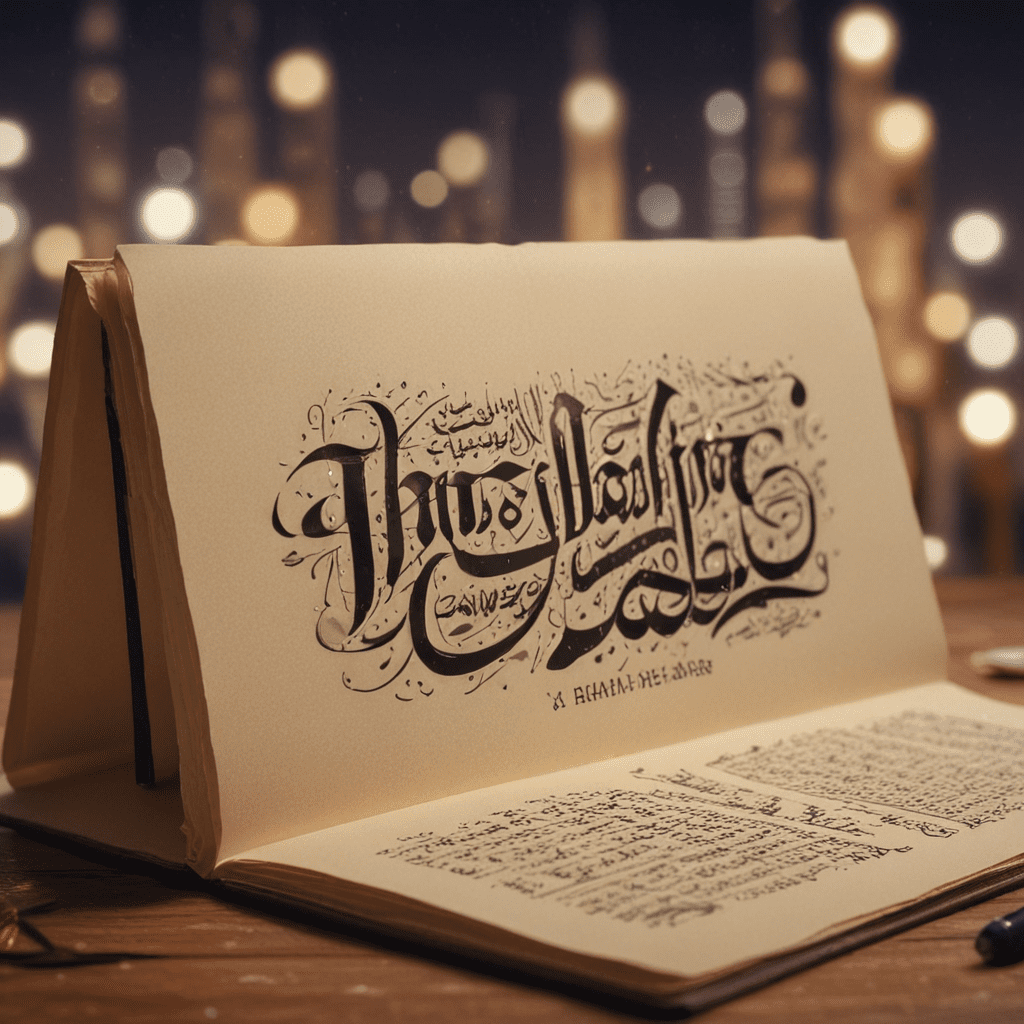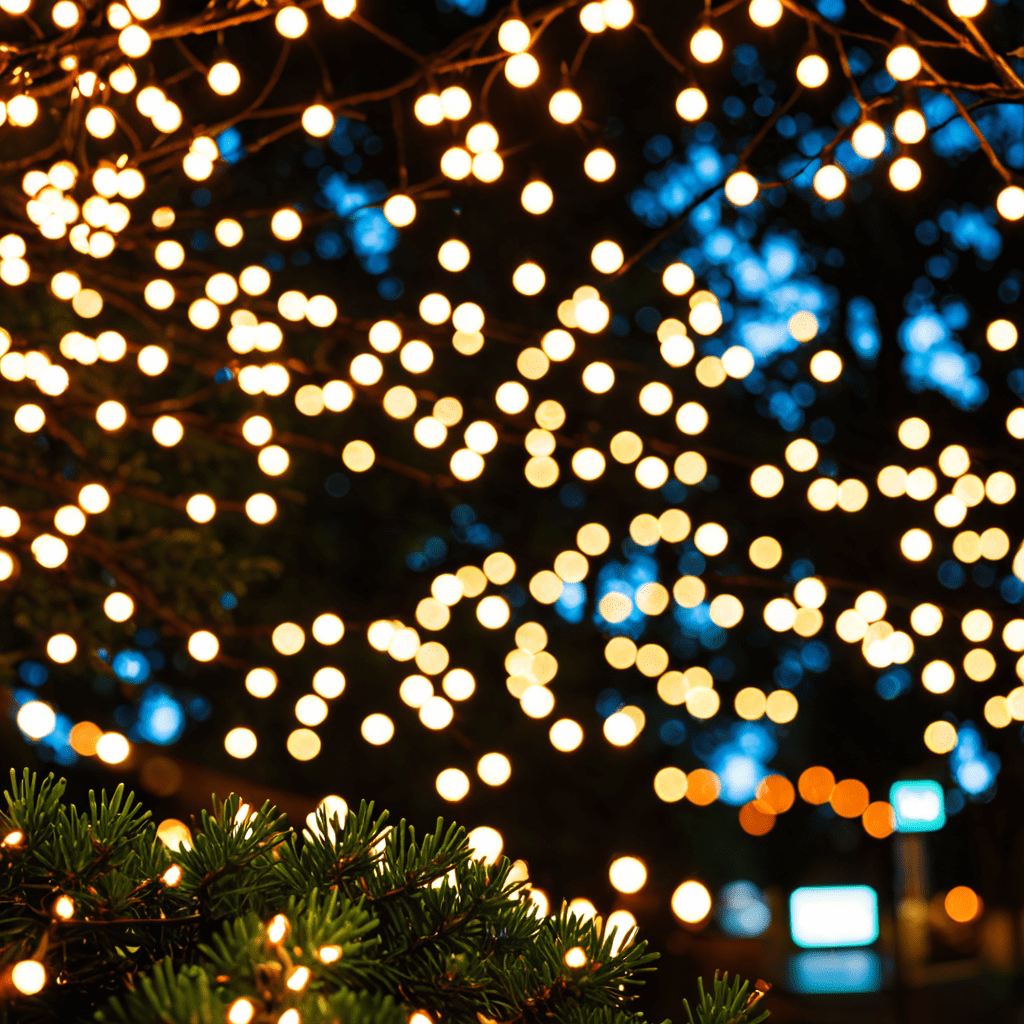
Bahrain’s Traditional Calligraphy and Manuscript Art
Introduction
Bahrain's rich cultural heritage encompasses a long-standing tradition of calligraphy and manuscript art. Calligraphy, the art of visually expressing written language, has played a significant role in Bahrain's cultural fabric for centuries. This ancient art form has been passed down through generations, and its influence can be seen in various aspects of Bahraini society, from religious texts to everyday objects.
History of Calligraphy in Bahrain
The origins of calligraphy in Bahrain can be traced back to the early Islamic period. The Arabic script was introduced to the region in the 7th century, and it quickly became a medium for religious and literary expression. Bahraini calligraphers developed their unique style, influenced by both traditional Arabic calligraphy and the local cultural context. Over time, calligraphy became an integral part of Bahraini society, used in everything from official documents to personal letters.
Different Styles of Calligraphy
Bahraini calligraphy encompasses a wide range of styles, each with its distinctive characteristics. Some of the most common styles include:
- Kufic: An angular and geometric script often used for monumental inscriptions and religious texts.
- Naskh: A rounded and legible script commonly used for writing the Quran and other religious texts.
- Thuluth: A bold and ornate script often used for decorative purposes and public announcements.
- Muhaqqaq: A large and elegant script known for its intricate details and flourishes.
- Riqa: A cursive script characterized by its flowing lines and rapid execution.
Materials and Techniques
Traditional Bahraini calligraphy is typically executed using a reed pen and ink made from soot or vegetable dyes. The calligrapher prepares the ink by grinding the solid ink into a fine powder and mixing it with water to achieve the desired consistency. The reed pen is cut to a specific angle to create the desired line width and shape. Calligraphers employ various techniques to create different effects, such as varying the pressure on the pen and using different angles and strokes.
Contemporary Calligraphy in Bahrain
In recent years, there has been a resurgence of interest in calligraphy in Bahrain. Contemporary calligraphers are experimenting with new styles and techniques, incorporating elements of modern art and design. This has led to the creation of innovative and visually stunning works that push the boundaries of traditional calligraphy.
Manuscript Art in Bahrain
Manuscript art is an integral part of Bahrain's cultural heritage. Manuscripts, which are handwritten books or documents, were traditionally used to record religious texts, historical chronicles, and scientific treatises. Bahraini manuscript art is known for its intricate calligraphy, illumination, and decoration.
Manuscript Production Process
The production of a manuscript was a complex and time-consuming process. It typically began with the preparation of the paper, which was made from cotton or other plant fibers. The calligrapher would then carefully write the text, using a reed pen and ink made from soot or vegetable dyes. Once the text was complete, the manuscript would be decorated with illuminations and other embellishments.
Illumination and Decoration
Illumination is the art of decorating manuscripts with paintings, drawings, and gold leaf. Bahraini illuminators often used geometric patterns, floral motifs, and scenes from everyday life to decorate their manuscripts. The use of gold leaf was also common, particularly in the illumination of religious texts.
Preservation and Conservation
The preservation and conservation of Bahrain's traditional calligraphy and manuscript art is of utmost importance. Many of these works are centuries old and are considered to be invaluable cultural treasures. Several institutions in Bahrain, such as the Bahrain National Museum and the Shaikh Ebrahim Center for Culture and Research, are actively involved in the preservation and conservation of these precious artifacts.
Conclusion
Bahrain's traditional calligraphy and manuscript art represent a significant part of the country's cultural heritage. This ancient art form has been passed down through generations and continues to be practiced and appreciated today. The intricate calligraphy, beautiful illumination, and elaborate decoration of Bahraini manuscripts are a testament to the skill and artistry of Bahraini craftsmen.
Frequently Asked Questions
What is the most common style of calligraphy in Bahrain?
Naskh is the most common style of calligraphy in Bahrain, particularly for writing the Quran and other religious texts.What materials are traditionally used for calligraphy in Bahrain?
Traditional Bahraini calligraphy is typically executed using a reed pen and ink made from soot or vegetable dyes.What is the significance of illumination in Bahraini manuscripts?
Illumination is the art of decorating manuscripts with paintings, drawings, and gold leaf. Bahraini illuminators often used geometric patterns, floral motifs, and scenes from everyday life to decorate their manuscripts.
How are Bahraini manuscripts preserved and conserved?
Several institutions in Bahrain, such as the Bahrain National Museum and the Shaikh Ebrahim Center for Culture and Research, are actively involved in the preservation and conservation of Bahrain's traditional calligraphy and manuscript art.Is calligraphy still practiced in Bahrain today?
Yes, calligraphy is still practiced in Bahrain today. Contemporary calligraphers are experimenting with new styles and techniques, incorporating elements of modern art and design.


